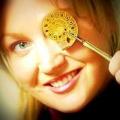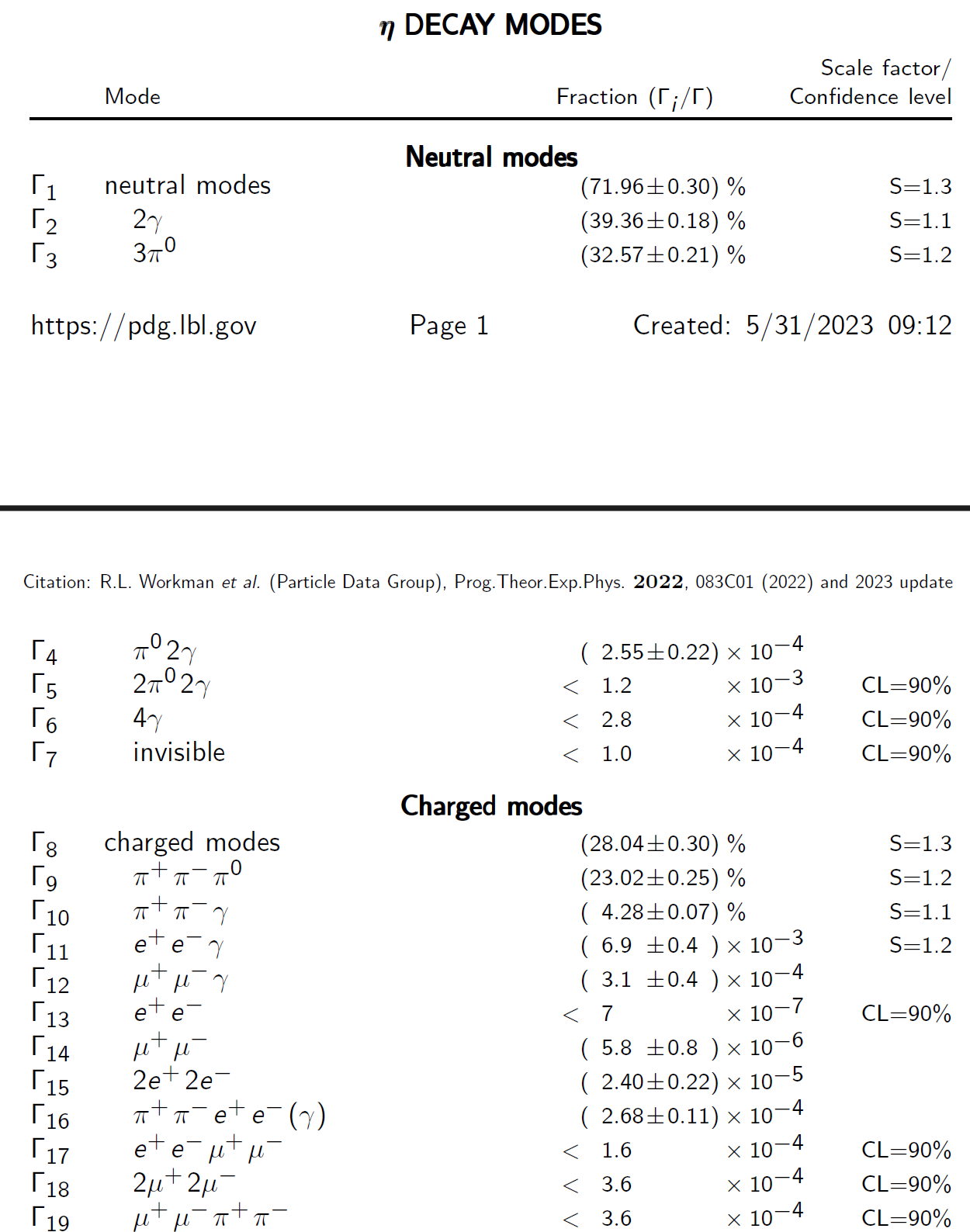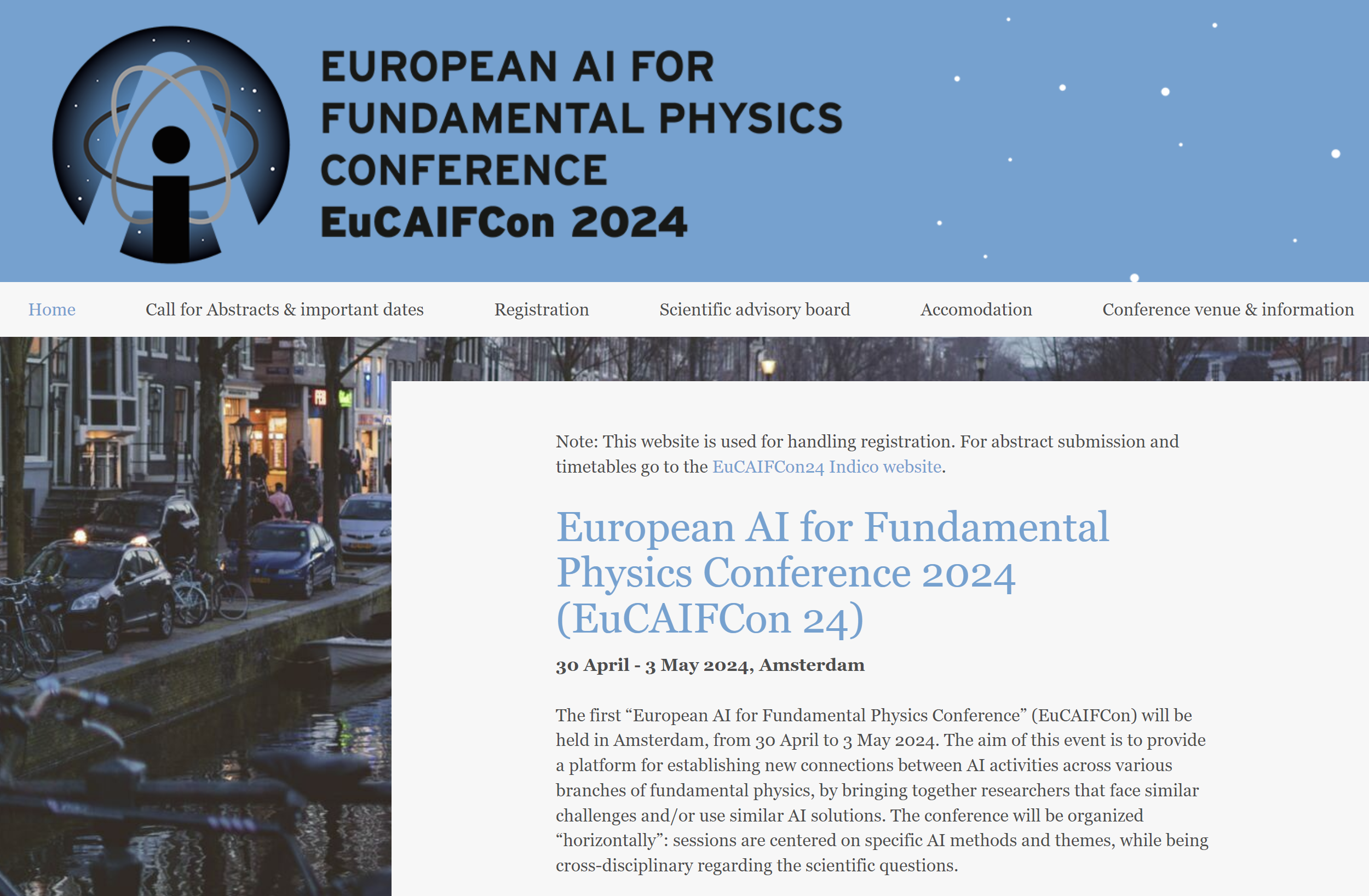 News Of The Demise Of The Standard Model Were Exaggerated
News Of The Demise Of The Standard Model Were ExaggeratedEach man kills the thing he loves, sang Jeanne Moreau in a beautiful song some thirty years ago...
 Some Additional Tests Of The RadiaCode
Some Additional Tests Of The RadiaCodeIn the previous post I have described some of the main functionalities of the RadiaCode 103 radiation...
 Your Portable Radiation Spectrometer - The Wondrous Radiacode 103
Your Portable Radiation Spectrometer - The Wondrous Radiacode 103A few days ago I put my hands on a RadiaCode 103, a pocket radiation counter, dosimeter, and spectrometer...
 Exchange Sac In Blitz
Exchange Sac In BlitzTime and again, I play a "good" blitz chess game. In blitz chess you have 5 minutes thinking for...












